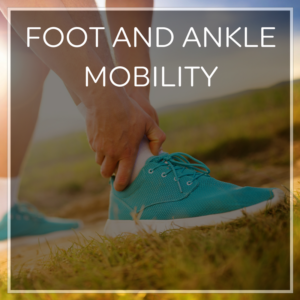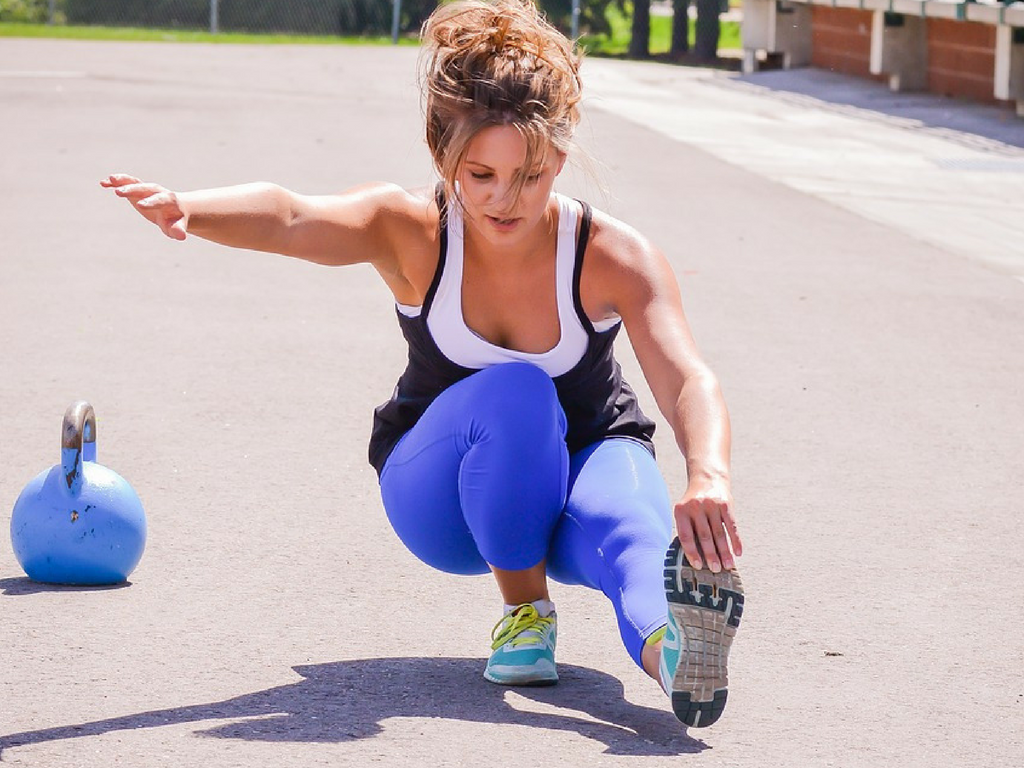 Consider this: When structural engineers design buildings meant to absorb and withstand the impact of an earthquake, they avoid rigidity at all costs. Buildings and structures capable of weathering tremendous impact and force must be strong–and flexible.
Consider this: When structural engineers design buildings meant to absorb and withstand the impact of an earthquake, they avoid rigidity at all costs. Buildings and structures capable of weathering tremendous impact and force must be strong–and flexible.
The human body is no different.
Tight or inflexible muscles, tendons, and ligaments are all at risk for injury, strain, and reduced ability to withstand the tremendous forces they’re asked to absorb each day through running, walking, and other physical activity.
Let’s explore the specific risks of low foot or ankle mobility, and how you can improve your mobility:
Are Foot Mobility and Heel Pain Connected?
The foot and ankle work together in a complicated dance of muscles, ligaments, tendons, and bones. When one part of the foot or ankle is compromised, the rest of the foot feels it!
Your foot’s ability to properly rotate, flex, and respond to different surfaces and movements has a direct impact on your toes and arches. If your foot mobility is restricted, it’s likely that you’ll eventually begin to notice heel pain as well.
How are foot mobility and heel pain connected? There are several reasons foot mobility and heel pain are bedfellows. For one thing, when you have limited foot mobility, other important muscles and ligaments in the foot atrophy and become tighter from disuse. Tight muscles and ligaments aren’t as effective at absorbing the impact of physical activity or supporting surrounding tissue, leaving the arch of the foot at greater risk of being strained and damaged.
Reduced foot mobility can also mean negative changes for your gait or increased pronation, both of which can eventually lead to heel pain and plantar fasciitis.
How to Improve Foot and Ankle Mobility

If your foot and ankle mobility aren’t what they should be, remember that “the foot bone’s connected to the ankle bone.” By working to improve mobility in the ankle, foot, toes, and calves, you’ll strengthen and fortify your entire ambulatory system.
Reduced mobility can be caused my injury or trauma, wearing shoes that don’t fit properly and restrict a healthy range of motion, or simply genetics.
It’s important to determine the most likely cause of your compromised foot and ankle mobility, to properly address the issue. If your foot or ankle mobility is compromised because of a previous injury, work with your physical therapist or doctor to avoid re-injury or trauma to the affected area. If you’re wearing shoes that don’t fit properly, restrict your stride, or don’t offer enough support, make some healthy changes in your choice of footwear in tandem with your efforts to improve your foot and ankle mobility.
For most people, starting a regimen of stretching, self massage, and orthotics are key to improving mobility simply and effectively at home:
Stretching: Stretching the calves, ankles, toes, and arches will improve muscle tone, lengthen short, tight muscles and tendons, and allow for a greater range of motion over time.
Self-massage: Using a mobility ball, your hands, or a household tool like a golf ball or rolling pin, you can relieve pain, improve blood circulation, and warm up tight muscles and ligaments in the foot prior to stretching.
Orthotics: If compromised foot and ankle mobility are causing heel pain, wearing orthotic inserts can provide a great deal of pain relief and support to your arch while you work to improve your mobility.
Stretches for Improving Foot and Ankle Mobility
What’s the best way to stretch to improve your foot and ankle mobility? You have plenty of good options! Find a few stretches you like that address your unique mobility concerns, and then incorporate them into your routine. How diligent you are in stretching daily will have as much of an impact on your foot and ankle mobility as which stretches you choose:
Check out these stretches for the toes, calves, ankles, and arches for a few ideas to get you started! In general, you’ll want to hold each stretch for between 15-30 seconds, and repeat each stretch 10-15 times, once or twice a day, but pay attention to your body and take your unique situation into consideration!
Wall and Book Stretch for the Achilles Tendon and Calf
Staircase Stretch for the Heel, Ankle, and Calf
Other Foot and Ankle Mobility Videos
Pebble Stretch for Toe Strength
Water Bottle Stretch for the Plantar Fascia
Wall Squat Calf Stretch
Your feet and ankles are true marvels of engineering, and capable of absorbing a great deal of impact and stress. Think of them as the pillars and foundation that support your body. And by keeping them strong–and flexible–you’re taking strides to keep your whole body healthy and active!



